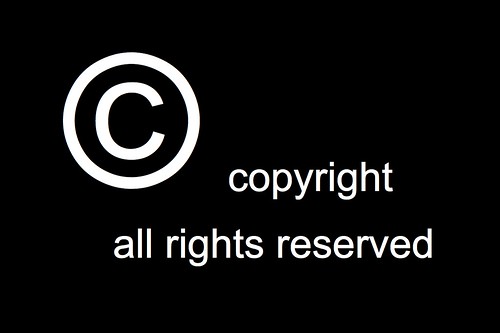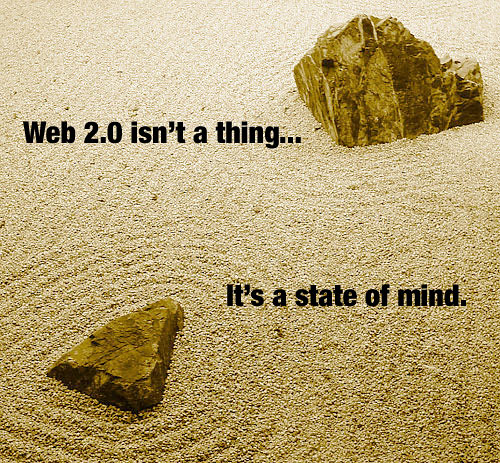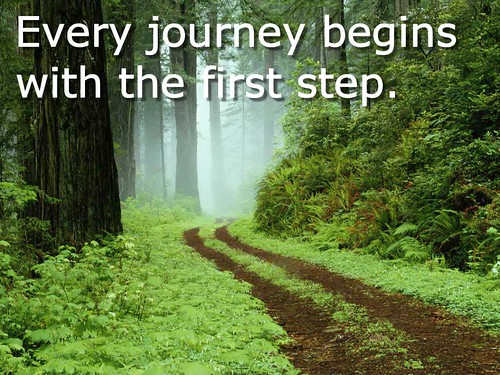I am still on my web, but where are you?
The spider asks as I wander through.
You've tried so many things on your great big web,
When will you be done? the spider said.
I feel like I need to check in with my progress for this class, and see how I am doing and if I am still on track.
I have been very consumed with creating a video at the moment with students from the environment club at the school. We are putting the final touches on our entry for the BC Green Games. It is created in iMovie, which is not technically Web 2.0, so I am not sure if I should include it as part of my project here.
Anyways . . . where am I?
Facebook
I have set up my Facebook account and have added a bunch of friends. I find it is mostly just something else to check each day for news. I am not interested in most of the items my friends post, but do enjoy seeing the occasional fun photo, etc. I have posted some general questions to my friends and a few pictures of my kids. I have also commented on other's posts.
The most useful part of Facebook for me, so far, is the group that I belong to for the climbing gym where my son trains. I like that the group shows up on my home page and I can immediately see if there is anything new posted by the little number that shows up. This was very useful when there was snow and the gym was cancelled.
I can see how the "group" function would be useful as a school to have for parent communication (elementary) or even for students (secondary).
Twitter or more importantly,
Tweetdeck
Part of my inquiry was finding a better way to manage Twitter. I believe I have found that with Tweetdeck.
Integral to my use of Tweetdeck is my installation of Google Chrome. At one point last year, I had actually installed Tweetdeck, but didn't like the fact that it sat on the desktop of my computer. With Chrome, the Tweetdeck plug-in allows it to sit in the web browser on the start-up page. I like this much better.
Tweetdeck has allowed me to organize the information I gather from Twitter. I have also loaded my Facebook account into Tweetdeck, so I can also see my Facebook news feed. I am not sure why the Facebook posts I see are not the same in Tweetdeck as in Facebook. I also can't see the "groups" from Facebook, which means I need to open up Facebook separately as well.
But, overall, I like Tweetdeck. I currently have the following columns:
- Facebook news feed
- Home - which is all the people I follow on Twitter
- #edtech
- #tlchat
- #pbl - for Project Based Learning, but seems to be some sort of foot fetish thing as well
- #frimm - French immersion
- @me - for tweets where I am mentioned
- inbox - for direct messages to me
I can easily skim through the columns and click on things that interest me for more information. I am not feeling as overwhelmed with Twitter now.
Social Bookmarking
I continue to use
Diigo personally for keeping track and organizing links, but after exploring the education side of it and finding no filters to the outside world, I don't think I would use it with students.
I have just begun using
Pinterest and find it very appealing because it is so visual. I believe this would also appeal to students, so will explore a bit further and see how I might use Pinterest with students.
Blogging
I have explored
Kidblog, which I like, and
Blogmeister, which I don't. I am excited to have enticed a teacher to begin blogging with her Grade 3/4 class. Next week, I will help her set up Kidblogs for her class.
Still to come:






























